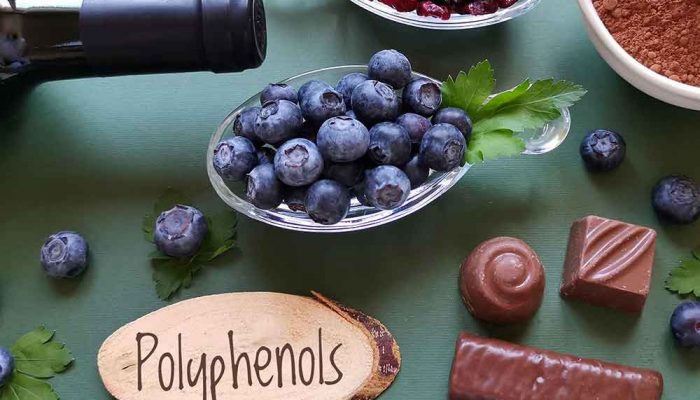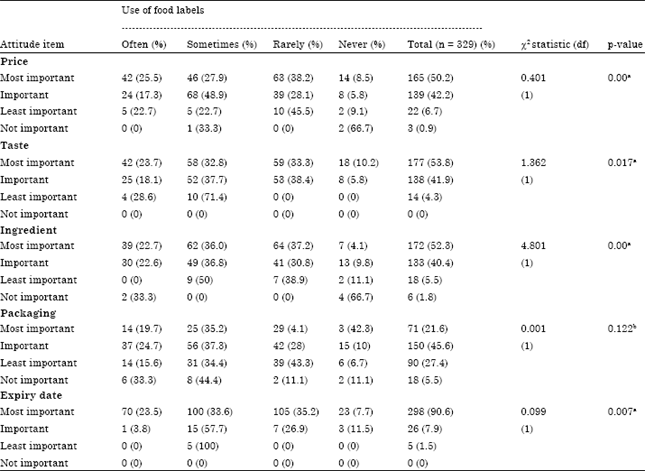39 daily values on food labels
How to Understand the Nutrition Facts Label - HealthyBeat Looking at the serving size is important because the nutrition facts listed will apply to this portion. For example, if the label lists "200 calories," this means that there will be 200 calories per serving. If the serving size is 1 cup and you eat 2 cups, you consumed 400 calories. Therefore, it is important to compare the serving size to ... Daily values are best described as a. no longer being used as of the ... Daily values are best described as a. no longer being used as of the nutrition labeling and education act b. a set of nutrient intake standards to represent the needs of typical consumers c. used as standards for expressing nutrient content on food labels d. both b and c are correct THIS IS THE BEST ANSWER 👇
The Complete Guide to Recommended Daily Intakes, Daily Values, and ... The Daily Value (DV) builds on the RDI but is an overall figure that should work for everyone, regardless of age, gender, etc. Therefore, the DV tends to be higher than the RDI. The Upper Limit (UL) is simply the highest amount of any nutrient you should consume. So while the RDI sets the target, the UL sets the limit. Next

Daily values on food labels
The Lows and Highs of Percent Daily Value on the Label Use %DV to determine if a serving of the food is high or low in an individual nutrient. As a general guide: 5% DV or less of a nutrient per serving is considered low. 20% DV or more of a nutrient... Nutrition Facts Label - IFT.org - Institute of Food Technologists Percent Daily Value (% DV) The % DV is provided to help people understand how much of the nutrient in one serving of a product contributes to the overall daily recommended amount to consume or limit for that nutrient or food component, and how the product fits into a daily dietary pattern. ... How important are food labels to you? Approximately ... The % daily values information on a food label is based on a diet of ... User: The % daily values information on a food label is based on a diet of ___ calories Weegy: The % daily values found on a food label are based on a 2,000-calorie diet. Score 1 User: Low fat used on a food label means there are fewer than ____ grams of fat per serving
Daily values on food labels. The Basics of the Nutrition Facts Label Daily Values are average levels of nutrients based on a person who eats 2,000 calories a day. A food item with a 5% DV of fat provides 5% of the total fat that a person who needs 2,000 calories a day should eat. You may need more or less than 2,000 calories per day. Nutrition Facts: How to Read Nutrition Labels - Greatist Common nutrition terms to know. The Food and Drug Administration (FDA) regulates terms used on food labels. Here are some to look for: Calorie-free: Less than 5 calories per serving. Low calorie ... › food › new-nutrition-facts-labelDaily Value on the New Nutrition and Supplement Facts Labels Feb 25, 2022 · The Nutrition and Supplement Facts labels on packaged foods and dietary supplements have ... For a complete list of the Daily Values for all ... That means that a packaged food with 1,060mg of ... healthfully.com › percentage-of-daily-values-basedPercentage of Daily Values Based on a 2000 Calorie Diet When looking at a food label, if a food item contains more than 20 percent of your daily value for total fat, saturated fat or cholesterol it is considered high in these nutrients. On a 2,000-calorie diet, the recommended intake of total fat is 65 g, saturated fat is 20 g and cholesterol 300 mg per day.
en.wikipedia.org › wiki › Food_energyFood energy - Wikipedia Many governments require food manufacturers to label the energy content of their products, to help consumers control their energy intake. To facilitate evaluation by consumers, food energy values (and other nutritional properties) in package labels or tables are often quoted for convenient amounts of the food, rather than per gram or kilogram; such as in "calories per serving" or "kcal per 100 ... › food › new-nutrition-facts-labelHow to Understand and Use the Nutrition Facts Label | FDA Feb 25, 2022 · Overview. The information in the main or top section (see #1-4) of the sample nutrition label (below) can vary with each food and beverage product; it contains product-specific information ... Why do nutrition labels list 0% vitamins? The percent Daily Value (percent DV) is a measurement of how much a nutrient in a portion of food contributes to a daily diet. You can use the percent DV to see if a serving of food is high or low in a particular nutrient. ... How are the nutritional values on food labels calculated? The Nutrition Facts Label in Basics. Step 1: Begin by ... the % daily values found on a food label are based on Weegy: The % daily values found on a food label are based on a 2,000-calorie diet. |Score 1| Wallet.ro |Points 251941| User: A consequence of "yo-yo" dieting is that Weegy: A consequence of "yo-yo" dieting is that the body will actually store more fat around the waist. Score 1 User: Positive energy balance is important when
10 Tips for Reading Food Labels: What to Look For On the right side of the label, you'll find percentages listed next to the other serving information. These numbers tell you what percentage of your "daily value" of that nutrient is contained in each serving. Anything pushing 20%-30% is most likely not good for you, unless it's a vitamin or nutrient that you don't get a lot of. ods.od.nih.gov › HealthInformation › dailyvaluesDaily Values (DVs) - National Institutes of Health Daily Values Recommended intakes of nutrients vary by age and sex and are known as Recommended Dietary Allowances (RDAs) and Adequate Intakes (AIs). However, one value for each nutrient, known as the Daily Value (DV), is selected for the labels of dietary supplements and foods. Your Nutrition Label Cheat Sheet—How to Read Labels the Right Way The % Daily Value (%DV) is the percentage of the Daily Value for each nutrient in a serving of the food. The Daily Values are reference amounts of nutrients to consume or not to exceed each day. The %DV does two things—it shows how much a nutrient in a serving of a food contributes to a total daily diet and it helps you determine if a serving ... Percent Daily Value: What does it mean? - Drugs.com Last updated on Apr 25, 2022. Percent Daily Value (DV) on the Nutrition Facts label is a guide to the nutrients in one serving of food. For example, if the label lists 15% for calcium, it means that one serving provides 15% of the calcium you need each day. DV s are based on a 2,000-calorie diet for healthy adults.
The % daily values found on a food label are based on A. a 2,000 ... The % daily values found on a food label are based on A. a 2,000-calorie diet. B. the time of year. C. whether the person is a man or woman. D. whether the food is all-natural or processed. New answers There are no new answers. Questions asked by the same visitor Which of the following best describes one serving of fruit?
Home | Dietary Supplement Label Database (DSLD) | NIH Office of Dietary ... 0 10,000 20,000 30,000 40,000 50,000 Number of Labels Other Combinations Botanical Non-Nutrient/Non-Botanical Vitamin Botanicals with Nutrients Amino Acid/Protein Omega 3 and Other Fatty Acids Mineral Multi-Vitamin and Mineral (MVM) Single Vitamin and Mineral Products in the DSLD are Classified by 4 Target Groups
Reading food labels: Tips if you have diabetes - Mayo Clinic The serving sizes listed on food labels may be different from the serving sizes in your meal plan. If you eat twice the serving size listed on the label, you also double the calories, fat, carbohydrates, protein, sodium and other ingredients. Consider your daily calorie goals. The same goes for the Daily Value listed on food labels.
› medialibraries › urmcmediaA Guide to Reading Food Labels - University of Rochester Feb 27, 2013 · Understanding the Percent Daily Values (% DV) on a food label can help you choose foods high in good nutrients and low in bad nutrients. The % DV is based on a 2,000-calorie diet. If you eat less than 2,000 calories a day, your daily value may be lower than what is listed on the label. If you eat more than 2,000 calories a day, your daily value


Post a Comment for "39 daily values on food labels"